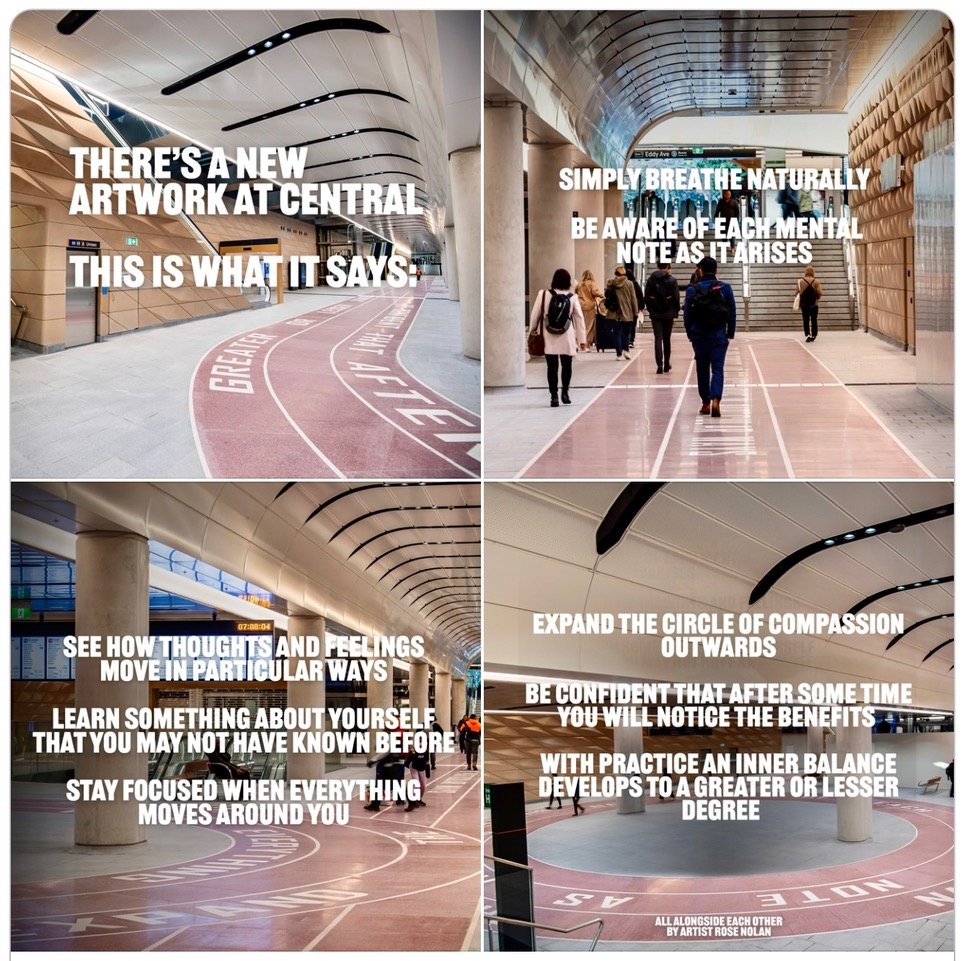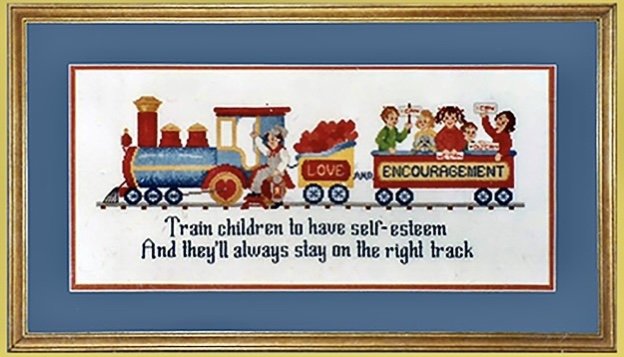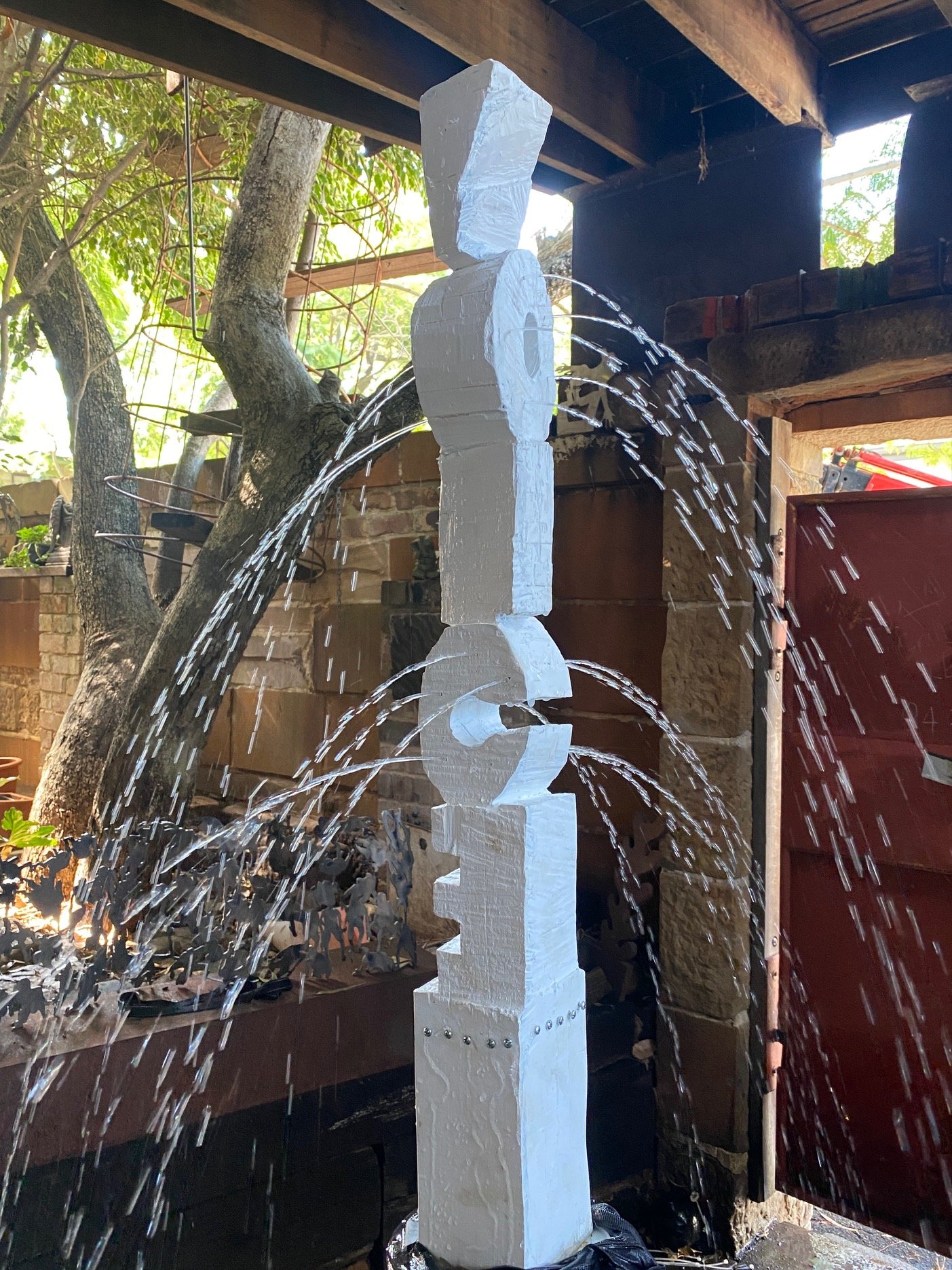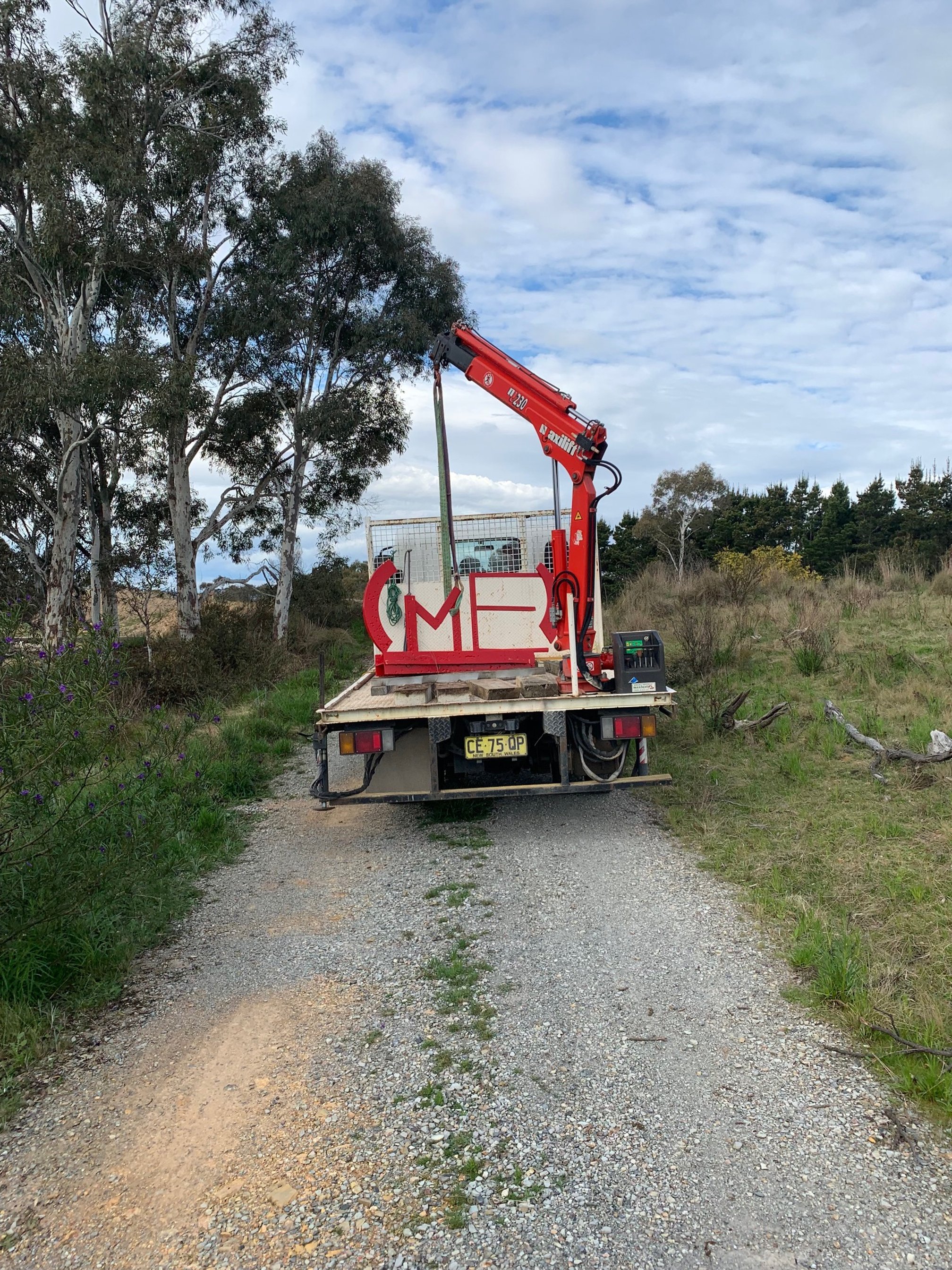We often use newspaper to light a fire. Greg Bearup used The Australian to light a fire, and it went off. After a while though, it didn’t take. What he said just wasn’t true.
Just so you know, as artists, we all get help.
Sometimes, as a sculptor, I don’t touch a work until it’s finished. I haven’t lost control if I don’t make all the changes to execute it. Sometimes a suggestion made by another person will help me see the work more objectively, to lead me out of a fog I have wandered into. Assistance may offer technical skills that I lack, but need. I don’t forfeit authorship at these times. My work is always drawn from a wide catchment and grows from it. This is how art works. It’s how art is made.
It was disappointing therefore that The Australian gave space to the Bearup story. He wasted our time with notions of deceit and counterfeit when none existed. In the process, hearts were broken. Livelihoods were threatened. Let’s add stress to the dispossessed.
Culturally, we have such a fear of being duped, that we were initially, collectively, taken in. Even the most respected art institutions in the country drew themselves away from the support of this work. Sales stalled significantly. Exhibitions were postponed.
We are so fortunate in Australia to witness this work, drawn as it is from such a deep well of experience and history. Why would we want to reject this gift by throwing a pall over it? It expands our view that a Western perspective otherwise contracts. The views these APY and other indigenous works open us to opportunities no other culture has. These works thrill us and significantly add to what we are. They partly make us. The extraordinary privilege of shared culture should be treasured.
We, and all of the world are captivated by these works because we see in them a past that has a future, whereas our own seemingly lacks one.
We should Growup.
















